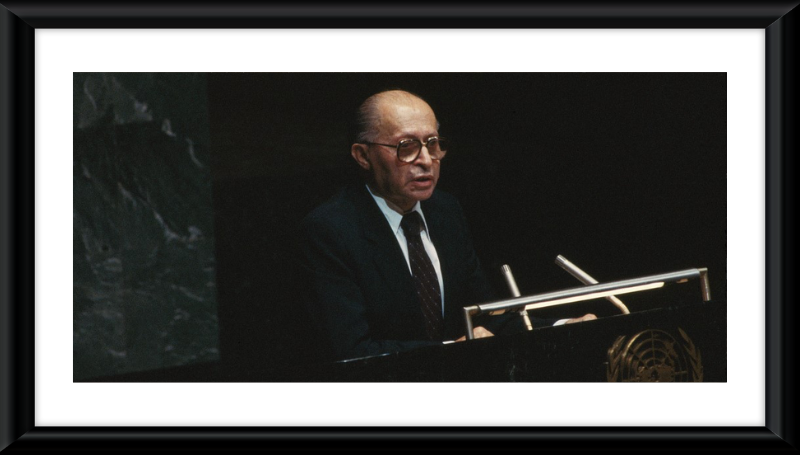Avi Kalo
Ynet News, June 16, 2025
“As the U.S. establishment voices praise for the IDF’s overwhelming operational success, it may also signal the erosion of a longstanding objection in Washington — held by successive presidents and much of the American intelligence community for over two decades — against a kinetic strike on Iran.”
The Begin Doctrine from 1981 has once again returned to the forefront. For the 3rd time in history, the Middle East awakens to an Israeli operation marked by exceptional precision and military strategic depth — this time aimed at preventing Iran from acquiring nuclear capabilities.
As in the previous strikes in Iraq (1981) and Syria (2007), the decision was made at the threshold of an irreversible nuclear milestone: in those earlier cases, just before the activation of a nuclear reactor; in the current case, just before the completion of weaponization — mounting a nuclear warhead on a ballistic missile.
While the core rationale remains familiar, the scale and complexity of the current operation — and the fact that Iran has pursued nuclear ambitions for over three decades — present fundamentally different challenges. These require a distinct analytical lens, reflective of a new strategic and regional reality.
The IDF and Mossad’s groundbreaking military achievements are extraordinary by any measure, further deepening the dissonance when contrasted with the October 7 epic failure. The current operation reflects the full force of Israel’s firepower-intelligence integration — arguably the most advanced in the world — combined with seamless inter-agency coordination, covert operational reach deep inside Iranian territory, and the successful execution of a deception plan designed to maximize the element of surprise and operational impact.
The result: a series of exceptional kinetic achievements that may lay the groundwork for a shift in the regional balance. In Iran, signs of leadership destabilization are already visible — military figures such as Bakeri, Salami and Hajizadeh, alongside key nuclear officials including Fereydoun Abbasi and senior scientists, were reportedly eliminated. These developments come amid heavy, sustained damage to uranium enrichment infrastructure, weapons-group facilities, missile sites and air defense systems, effectively denying Iran an immediate retaliatory capability.
Beyond the material impact, the deep psychological shock to the Ayatollah’s regime is expected to continue eroding the personal and national sense of security within Iran’s leadership. The operation serves as a stark reminder of Israel’s superior military and intelligence capabilities, resonating across the Middle East landscape. ...SOURCE


